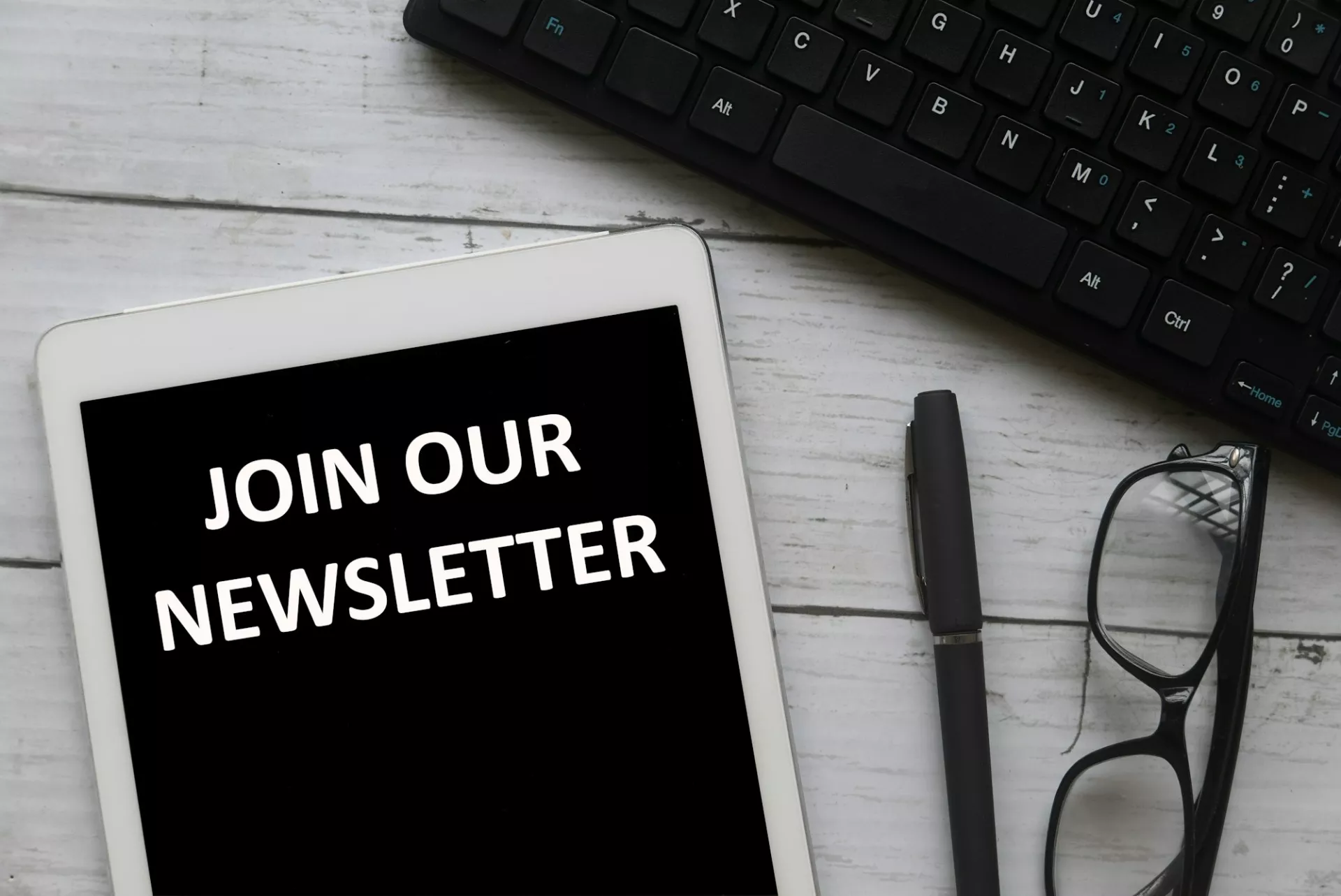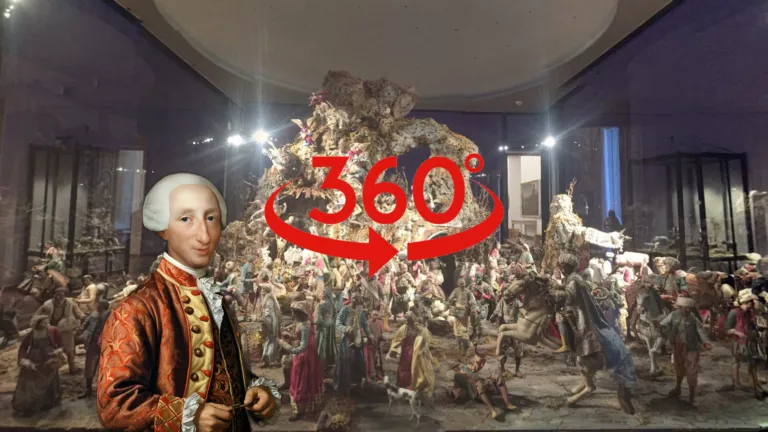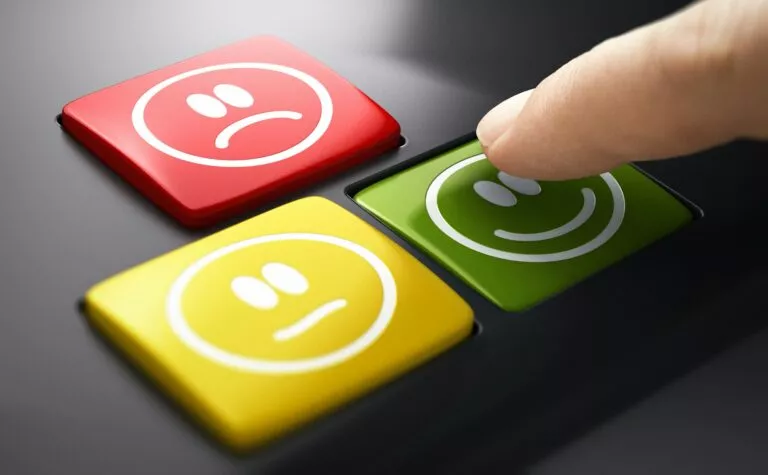Table of Contents
Email Marketing for Cultural Heritage
The cultural marketing is becoming increasingly important in the Cultural heritage . Thanks to the web marketing and the strategies of Digital Marketing , cultural institutions are looking for new ways to promote events, exhibitions and in general the enhancement of cultural heritage . Create a website dedicated, use the Storytelling and involve the Community are just some of the strategies that are being adopted by the Art Galleries and Museums Italian.
The sites Museum are becoming more and more Innovative in their approach to marketing for cultural heritage . With a Web Marketing Strategy user-centric, are trying to create New ways to monetize art and offer The digital experience Users. The Cultural institutions are adopting the Marketing Automation and creating dedicated websites to improve their Communication and marketing .
Today, digital experience is essential to engage the user and offer a unique experience even outside of the physical structure . The Art Galleries and the Museum libraries are pioneers in the use of the Applied Marketing To art and culture Creating Cultural marketing strategies innovative and Social Media Marketing Strategies to attract the public.
In reality, there is still little Digital innovation , but the way is paving the way for a bright future for the places of culture .
What is cultural web marketing?
The cultural web marketing is essential for Promote an event cultural and make the places of culture . Through the Digital Marketing the Cultural Foundations and museums such as the National Museum of XXI Century Arts can reach a Younger audience and international. The Museum Marketing embodies the evolution of the cultural marketing in the museum environment, taking advantage of Marketing and communication strategies to attract visitors.
The creation of a dedicated website and the presence on the Main social networks are essential tools for successfully marketing and promoting a cultural event . These techniques enrich all phases of communication and cultural marketing, allowing us to reach even the tourists who have available a short time.
In the museum context, as in the case of the Museum of Modern Art and arts of the XXI century , museum marketing must balance the Physical experience with the digital offer. These efforts not only promote the Art and culture but also serve as a resource for education and training, as demonstrated by initiatives such as the Artedata internship .
How to collect Visitor Contacts
Email marketing remains one of the most effective tools for maintaining the Contact with visitors after their experience at the museum. To effectively collect email contacts in an ethical manner and in a way that respects privacy regulations (such as the GDPR in Europe), museums can use various strategies integrated into their day-to-day operations and visitor interactions, for example, offering free Wi-Fi in exchange for subscribing to the newsletter or accessing exclusive online content.
In addition, special events such as vernissages or themed evenings can be great times to offer participants to subscribe to the mailing list, always making sure to clearly communicate the benefits that come with it, such as notifications about future events or special discounts.
1. Registration at the Box Office
When visitors purchase tickets, whether online or on-site, offer them the option to sign up for the museum's newsletter. Make sure you clearly explain the Benefits such as exclusive updates on new exhibitions, special events, or discounts.
2. Free Wi-Fi
Many visitors appreciate access to free Wi-Fi. You can offer this service in exchange for the email address. During the Wi-Fi login process, include an option box that allows users to subscribe to your newsletter.
3. Museum App and Digital Interactions
If the museum has a mobile app, encourage downloads by offering exclusive content or perks. While registering for the app, ask users to enter their email and opt in to receive updates and information.
4. Surveys and Feedback
As part of satisfaction surveys or other forms of feedback, it includes a section that allows participants to leave their email address to receive more information or updates from the museum.
5. Events and Workshops
During events, workshops, or other activities, offer attendees the option to leave their email address to receive additional materials, such as event-related educational resources or notifications about upcoming similar events.
6. Contests and Giveaways
Organize contests or giveaways that require participation via email. This can not only increase engagement but also expand your contact database. Make sure the contest rules are clear and include consent to receive future communications.
7. Access to exclusive content
Create a section of the museum's website dedicated to exclusive digital content, such as guided virtual tours, interviews with curators, or behind-the-scenes of exhibitions. To access this content, visitors must subscribe to the museum's mailing list, thus encouraging registration.
8. Interactive kiosks
Use interactive kiosks distributed in the museum's galleries where visitors can enter their email address to receive more information about the works on display or participate in interactive quizzes and competitions.
10. Ticket Office and Shop
During ticket sales or at museum store outlets, it is helpful to offer the option to subscribe to the mailing list. Make sure that museum staff are properly trained to explain the benefits of the newsletter to visitors.
11. QR codes
Place QR codes in strategic areas of the museum that, when scanned, lead to a newsletter sign-up page. This method can be particularly effective in temporary exhibitions, where interaction with content is more frequent.
These strategies not only help to collect emails, but also to maintain constant contact with visitors, offering them relevant content and updates that incentivize them to return to the museum and actively participate in its initiatives.
Best Practices for Email Marketing
Email marketing in the cultural sector must be done with tact and personalization. Here are some best practices:
- Segment your audience : Not all visitors are the same. Segmenting emails based on specific interests, such as art exhibitions, children's activities, or historical events can significantly increase engagement.
- Relevant and valuable content : Include content that educates and enriches the cultural experience, such as in-depth articles, interviews with experts, or exclusive previews of future exhibitions or events.
- Clean and accessible design : A visually pleasing and easily navigable design makes the email more inviting. Using high-quality images of art objects or events can make a big difference.
- Transparency and Consent: Always make sure you get explicit consent to send emails, clearly explaining how your personal data will be used.
- Monitoring and Analysis: Use email analytics tools to track the openings, clicks, and conversions of your campaigns, so you can continuously improve your communication strategy.
Through these strategies, museums can not only expand their reach but can also build a lasting and meaningful relationship with their visitors, incentivizing frequent returns and greater engagement with their cultural offerings.
Email marketing tools
Choosing the right email marketing tool is crucial for effectively managing campaigns. Platforms such as Mailchimp , Constant Contact or Brevo , offer different features that can be adapted to different needs. These tools allow you to:
- Automate email sending : Set up email campaigns that trigger based on certain visitor actions, such as signing up for a newsletter or booking a ticket.
- Analyze performance : Track email opens, link clicks, and conversions to optimize future campaigns.
- Personalize your messages : Use visitor data to personalize emails, thus creating a stronger link and a higher likelihood of engagement.
With these approaches and tools, email marketing can become a powerful ally for cultural heritage, not only to promote events and exhibitions but also to create a community of enthusiasts and supporters.
Want to know more? Contact us now.




